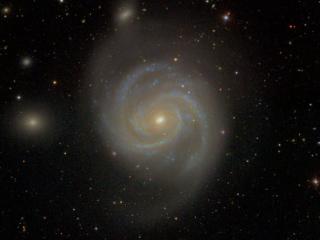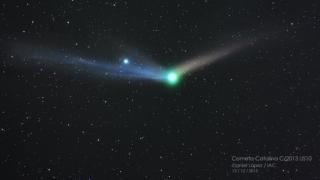
Astrophysicists at the Instituto de Astrofísica de Canarias (IAC) show for the first time that galaxies which rotate more rapidly or have higher mass also show stronger large-scale and uniform magnetic fields. Their observations question the linear dynamo effect because at the current epoch the magnetic fields have stopped growing.
Advertised on




